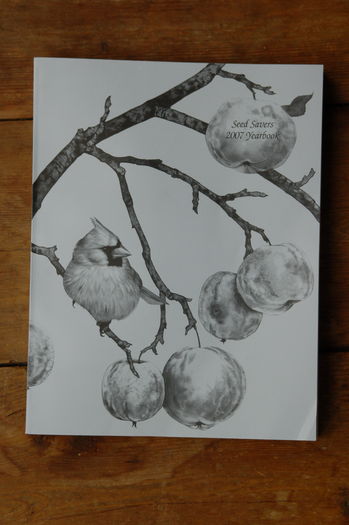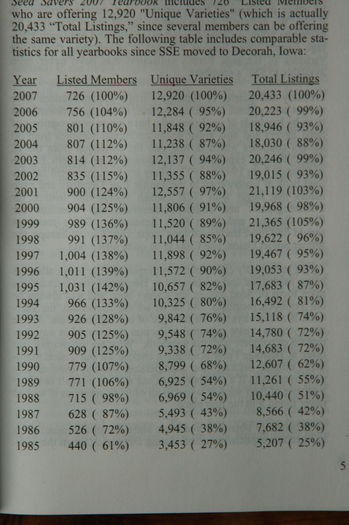For people who save seeds or breed their own varieties, learning the Latin names of your plants can tell you a lot about them. For example, if you want to know if plants will cross pollinate with each other, the Latin name can give you clues to this. The Latin name can also give you clues about hardiness, cultivation methods and so on. Scientists assign Latin names in order to group similar plants together.
Another reason for using the Latin names for plants, is it eliminates confusion caused by local languages. When a vegetable is called a swede in the UK and a rutabaga in the US, and you don’t know what to call it when talking to a German speaking gardener, calling it Brassica napus eliminates the confusion!
I’m just going to list a few examples here, for a more complete listing you should consult a seed savers manual or a plant dictionary. There are a number of online resources for this as well.
Latin names contain three parts the family, genus and species. For vegetable growers, the most important families are Amaryllidaceae (Onions and related), Brassicaceae (Cabbages and related), Chenopodiaceae (Beets and related), Compositae (Lettuce and related), Cucurbitaceae (Pumpkins and related), Leguminosae (Beans and related), Solanaceae (Tomatoes and related) and Umbelliferae (Carrots and related).
Lets have a closer look at one of these families, for example the Brassicaceae family. Most plants are referred to by their genus and species, so in the above example of Brassica napus, Brassica is the genus and napus is the species. Here are a few more common examples within this family:
Armoracia rusticana: Horseradish
Brassica oleracea: Cabbage, Broccoli and others
Brassica rapa: Turnip, Chinese Cabbage and others
Eruca sativa: Rocket
So how can you use this information? Well let’s say you wanted to grow turnips next to rutabagas (swedes), and you want to know if they will cross. The Latin name for turnip is Brassica rapa, and for rutabagas Brassica napus. By looking at the Latin names it is not completely clear in this case, because they are from the same genus but different species. Again based only on the Latin names you could conclude that a cross would be less likely to occur with Rocket (Eruca sativa), because both the genus and species are different, but in fact a cross between plants of different species doesn’t usually happen, so growing rutabagas and turnips next to each other would probably not result in a cross.
What about other kinds of genetic compatibility? Rebsie on Daughter of the Soil recently discussed grafting potato scions onto tomato root stock, for the purpose of making large numbers of potato seeds (not to be confused with seed potatoes!). A scion is the term for a branch or piece of foliage, cut in a way that is intended to be spliced to the roots of another plant. Let’s look at this from the point of view of the plant’s Latin names. Both potatoes and tomatoes belong to the family Solanaceae, and the Latin names are as follows:
Lycopersicon lycopersicum: Tomato
Solanum tuberosum: Potato
In this case the genus and species are both different, but being in the same family it seems is enough compatibility for the plants to be grafted together. It’s very unlikely these two plants would ever cross pollinate with each other however.



